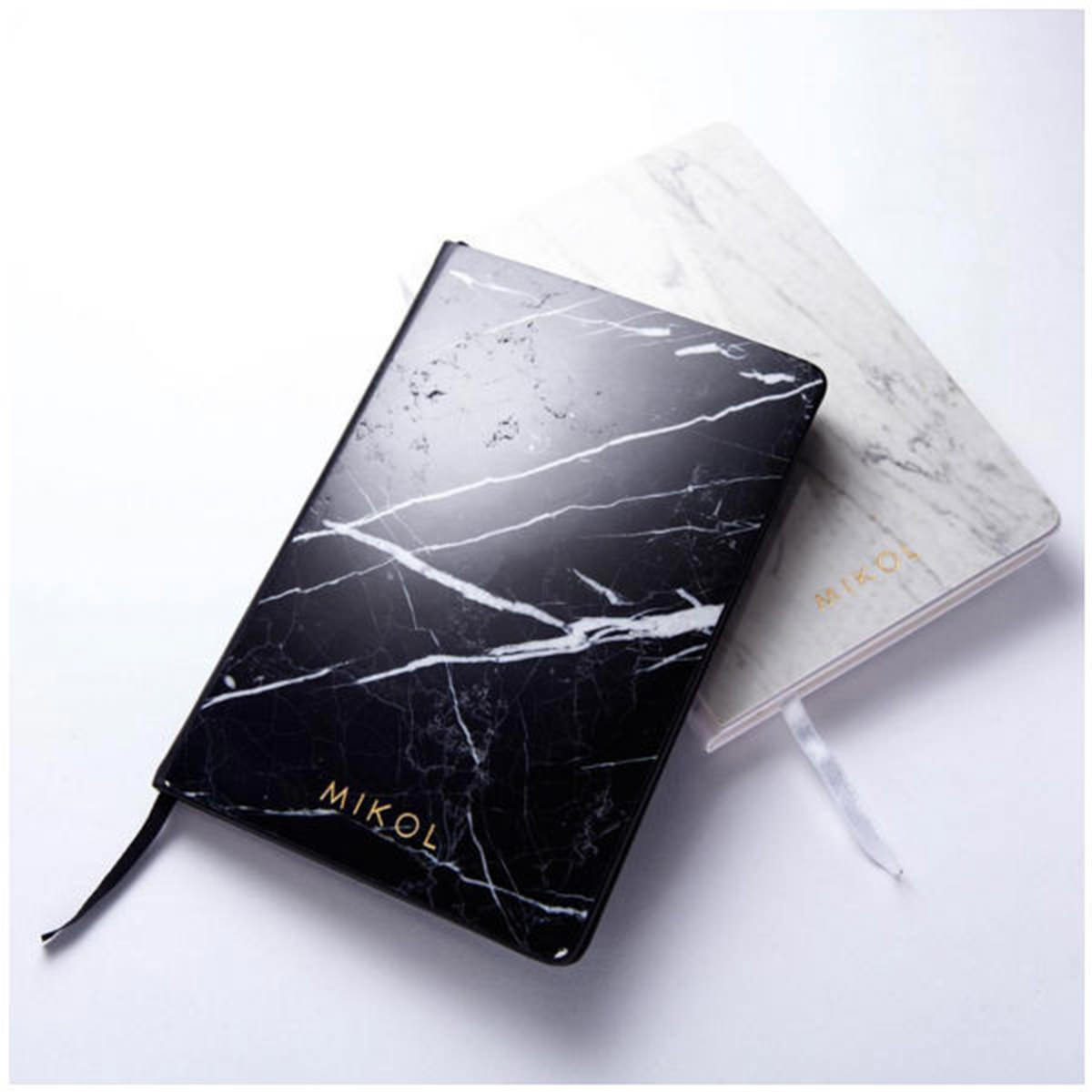

Europe and North America Īn interest in shorthand or "short-writing" developed towards the end of the 16th century in England. Versions of this technique survived in clerical professions into the modern day, and influenced by Western shorthand methods, some new methods were invented.

One cornerstone of imperial court proceedings was that all confessions had to be acknowledged by the accused's signature, personal seal, or thumbprint, requiring fast writing. These records were used to create more formal transcripts. In imperial China, clerks used an abbreviated, highly cursive form of Chinese characters to record court proceedings and criminal confessions. Sun Guoting's Treatise on Calligraphy, an example of cursive writing of Chinese characters When many monastery libraries were secularized in the course of the 16th-century Protestant Reformation, long-forgotten manuscripts of Tironian notes were rediscovered. After the 11th century, however, they were mostly forgotten. After the decline of the Roman Empire, the Tironian notes were no longer used to transcribe speeches, though they were still known and taught, particularly during the Carolingian Renaissance. In order to have a less complex writing system, a syllabic shorthand script was sometimes used. The original Tironian notes consisted of about 4,000 signs, but new signs were introduced, so that their number might increase to as many as 13,000. The Tironian notes consisted of Latin word stem abbreviations ( notae) and of word ending abbreviations ( titulae).
Marble notebooks trial#
120 AD) in his "Life of Cato the Younger" (95–46 BC) records that Cicero, during a trial of some insurrectionists in the senate, employed several expert rapid writers, whom he had taught to make figures comprising numerous words in a few short strokes, to preserve Cato's speech on this occasion. In Ancient Rome, Marcus Tullius Tiro (103–4 BC), a slave and later a freedman of Cicero, developed the Tironian notes so that he could write down Cicero's speeches. Over time, many syllabic signs were developed. Hellenistic tachygraphy consisted of word stem signs and word ending signs. The oldest datable reference is a contract from Middle Egypt, stating that Oxyrhynchos gives the "semeiographer" Apollonios for two years to be taught shorthand writing. Hellenistic tachygraphy is reported from the 2nd century BC onwards, though there are indications that it might be older. This shows a writing system primarily based on vowels, using certain modifications to indicate consonants. The earliest known indication of shorthand systems is from the Parthenon in Ancient Greece, where a mid-BC inscribed marble slab was found. Longer-term uses do exist, such as encipherment: diaries (like that of Samuel Pepys) are a common example. Shorthand notes were typically temporary, intended either for immediate use or for later typing, data entry, or (mainly historically) transcription to longhand. For example, healthcare professionals might use shorthand notes in medical charts and correspondence. Although the primary use of shorthand has been to record oral dictation and other types of verbal communication, some systems are used for compact expression. Shorthand was considered an essential part of secretarial training and police work and was useful for journalists. Shorthand was used more widely in the past, before the invention of recording and dictation machines.

In the computerized world, several autocomplete programs, standalone or integrated in text editors, based on word lists, also include a shorthand function for frequently used phrases. Many journalists use shorthand writing to quickly take notes at press conferences or other similar scenarios. Abbreviation methods are alphabet-based and use different abbreviating approaches. A typical shorthand system provides symbols or abbreviations for words and common phrases, which can allow someone well-trained in the system to write as quickly as people speak. It has also been called brachygraphy, from Greek brachys (short), and tachygraphy, from Greek tachys (swift, speedy), depending on whether compression or speed of writing is the goal. The process of writing in shorthand is called stenography, from the Greek stenos (narrow) and graphein (to write). Shorthand is an abbreviated symbolic writing method that increases speed and brevity of writing as compared to longhand, a more common method of writing a language. Dutch stenography using the "System Groote"


 0 kommentar(er)
0 kommentar(er)
